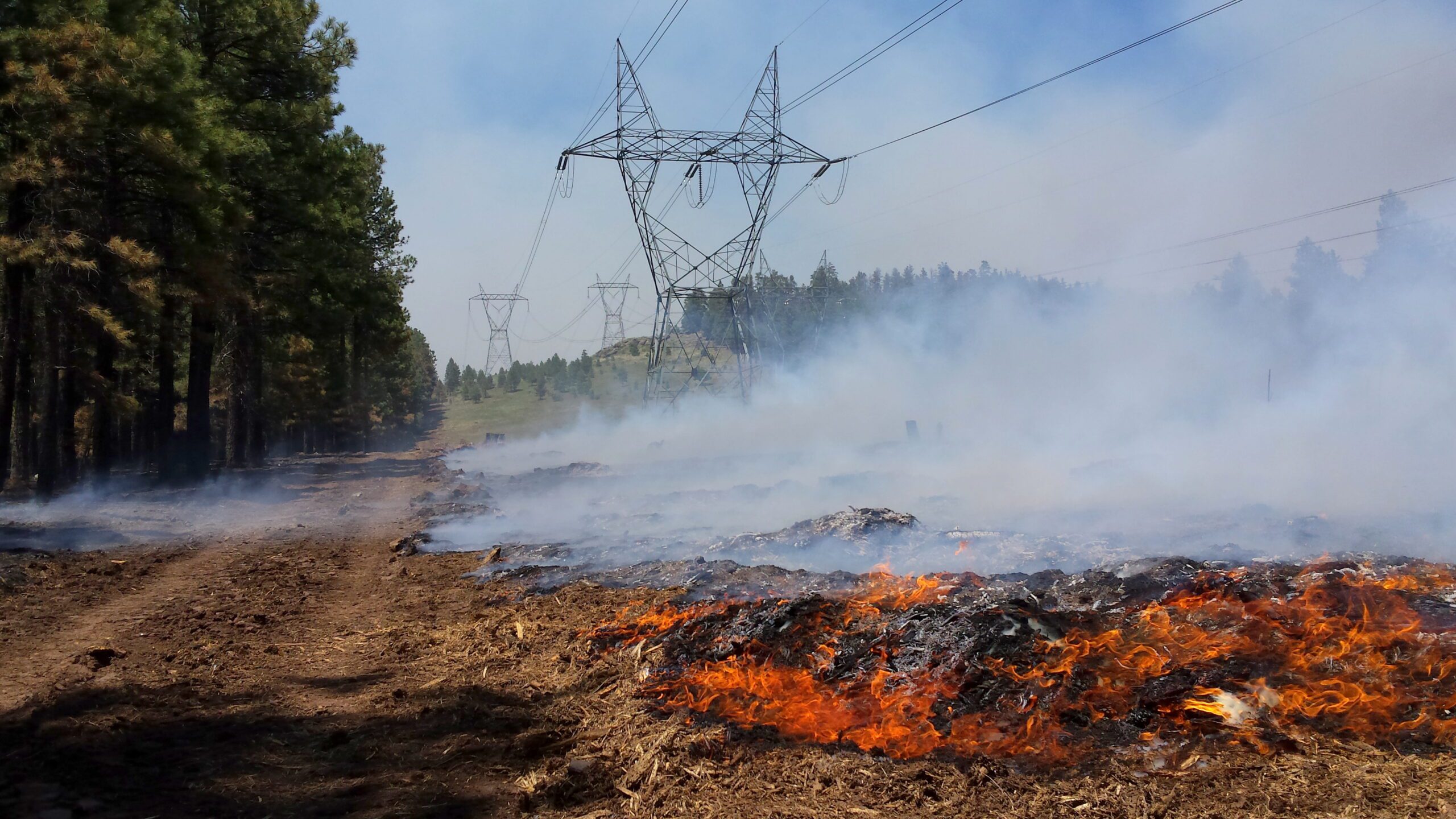
On February 26, 2024, the largest wildfire in state history began scorching the Texas Panhandle. The blaze, soon referred to as the ‘Smokehouse Creek Fire,’ swallowed an estimated 500 structures and caused two known deaths, not including the thousands of livestock that were also killed in the fire. On March 7, a week and a half after the fire began, Xcel Energy released a statement admitting that its equipment was the catalyst for this disaster. It is not the first time that equipment owned by Xcel was found to be at fault for a major disaster— in 2021, Xcel power lines were responsible for igniting the Marshall Fire, which left over 1,000 suburban Denver homes in ruin and two people dead as a result.
It is a story that’s becoming all too familiar. In August of last year, downed power lines belonging to Hawaiian Electric Company were found to be the cause of the fire in the town of Lahaina that killed over 100 people and destroyed over 2,000 structures on the island of Maui. 7 months later and the local economy is still struggling to regain its footing. Some estimates report that it could cost up to $5 billion to rebuild Lahaina in the wake of the fires.
Whether these fires are caused by fallen power lines or malfunctioning equipment, one takeaway is certain: there needs to be a proactive and preventive solution to mitigate the occurrence of tragedies like the Smokehouse Creek Fire, the Lahaina Fire, 2018’s Camp Fire in California, and so many others. Enter utilities undergrounding.
As it stands, our country’s energy infrastructure is a sitting duck to inclement weather. Due to the exposed nature of our power grid, there’s often no protecting power lines from storms that cause outages, failures, and fires. Undergrounding keeps utilities safe from extreme winds and weather conditions and reduces the risk of fatal accidents due to exposed wire by up to 95%.
Additionally, the economic benefits of undergrounding are undeniable. According to an article published by the U.S. Department of Energy, between 2003 and 2012, it was found that up to $33 billion was lost annually to weather-related outages based on an inflation-adjusted national average . Millions more are thrown into managing vegetation around overhead wires every year— a practice that has proven to be ineffective and inefficient. Moving more utilities underground would reduce these costs significantly by requiring less vegetation management and making energy transmission lines less susceptible to outages.
Undergrounding also contributes to tremendous scenic enhancements. By removing towering energy utilities from our neighborhoods and roadsides, communities are given a greater opportunity to partake in beautification projects such as tree planting and sidewalk repairs— projects that are typically more expensive and difficult to manage with power lines in the way.
It must be stated that many utilities companies, including Xcel Energy, PG&E, SDG&E, Pacificorp, and others, are taking a proactive approach to wildfire mitigation through innovative and ambitious undergrounding proposals. Scenic America commends these companies for seeking these solutions and encourages regulatory commissioners to support these endeavors.
As a nation, our priorities must be to protect and serve our communities. With the climate crisis worsening and inclement weather becoming more destructive and persistent, we cannot ensure safety for our citizens unless action is taken to invest in energy resiliency.